VAT Flat Rate Scheme changes might leave you feeling a little……flat.
3 Jan 2017
In the Autumn Statement 2016, some unexpected changes were announced that will affect the amount of VAT that small businesses will have to pay.Categories & Tags
The VAT Flat Rate Scheme (VFRS) was introduced to help reduce the administration burden for small businesses by making it easier for them to calculate how much VAT to pay.
The changes to the VFRS will affect those businesses using the scheme but which have small amounts of expenditure on goods (including raw materials). A good example of this will be personal services firms, such as hairdressers.
The proposed changes are the most important element of the Autumn Statement for this type of business.
<b>A recap on how VFRS works</b>
Under the standard method for calculating VAT payments, a business deducts the VAT on its expenses (input VAT) from the VAT charged on its sales (output VAT).
The VFRS simplifies this process to just one step.
By way of example, a management consultancy has a VFRS percentage of 14.0%, so if the business sells its services for £1,200 including VAT, it will pay VAT at a flat rate of £168 (£1,200 x 14%) to HMRC. The percentages of each type of business will vary depending on its trading activities. The VFRS calculates VAT payments by approximation, and it is this reason for the Governments’ announced changes to the scheme.
<b>How is it changing?</b>
As usual, the proposed changes will require a bit of thought, and there will no doubt be a bit of confusion at the start. In the Autumn Statement, the Chancellor Philip Hammond introduced another term for us to come to terms with!
A ‘limited cost trader’ is a business which has a very low cost base. This type of business can still use the VFRS but its percentage will be 16.5%. This can, and will, significantly affect the cash flow of some trades, particularly where the existing VFRS percentage is below 10% e.g. a clothes shop at 7.5%.
A limited cost trader is defined as a business that spends less than 2% of its sales on goods (not services) in an accounting period.
When working out the amount spent on goods, it cannot include purchases of:
capital goods (such as new equipment used in a business)
food and drink (such as lunches for staff)
vehicles or parts for vehicles (unless running a vehicle hiring business)
A business will also be a limited cost trader if it spends less than £1,000 a year, even if this is more than 2% of its turnover on goods.
<b>Will my business be affected?</b>
The answer to this is ‘yes’, but only if your business is labour-intensive and very little is spent on goods. I mentioned hairdressers earlier, but other businesses that may be affected could include consultants, accountants, professional service providers, general labourers or builders who supply labour but where materials are provided by somebody else (customer or main builder), IT contractors and so on.
<b>When does this start?</b>
The changes will be implemented on 1 April 2017, but may affect invoices already issued and goods bought between now and then.
There is more about these "anti-forestalling" rules at sections 8.2 and 9.7 of the newly updated HMRC leaflet on the Flat Rate Scheme.
The VFRS can be more complicated than expected, so please contact us for further guidance.
News & Resources

When are employers required to provide security to HMRC?
More
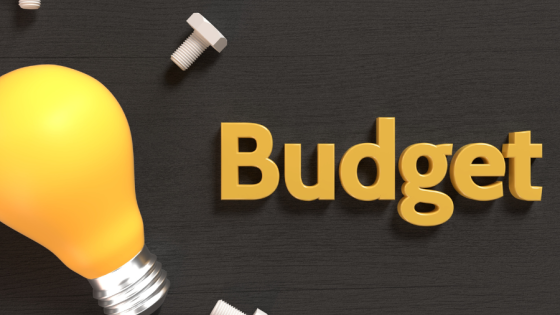
Budget Summary November 2025
More

MTD – qualifying income
More

Penalty points for late filing of VAT returns
More
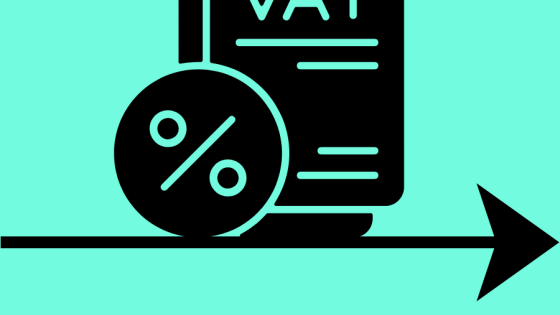
Advantages of VAT Flat Rate Scheme
More
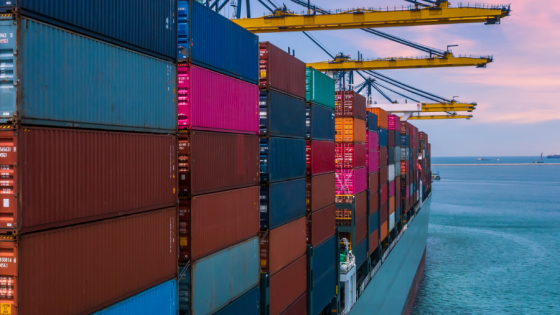
VAT on goods you export
More
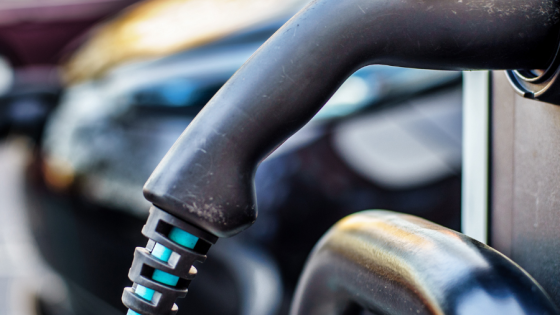
Choosing the right way to buy a vehicle for your business
More
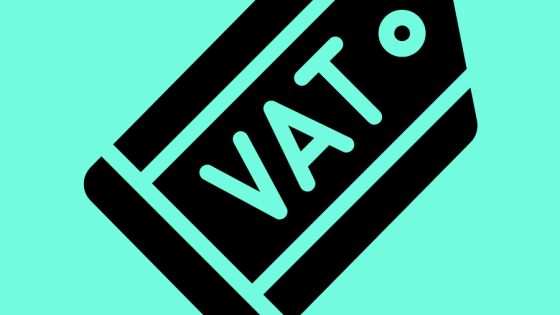
When you cannot charge VAT
More

